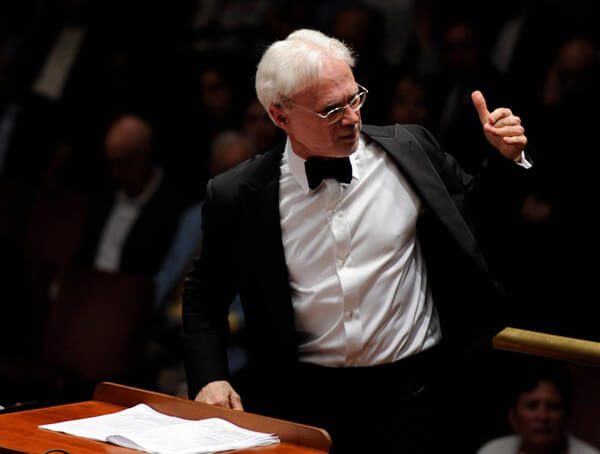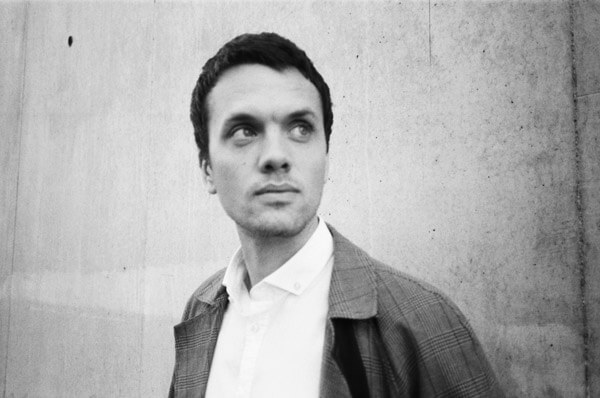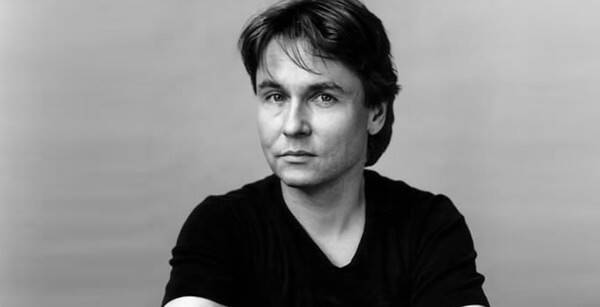 Toronto Symphony Orchestra celebrated the 10th anniversary of their New Creations Festival this year, with John Adams returning as the featured composer, conductor, and host of the festival. The second concert in the series, held on Wednesday, March 5, 2014 at Roy Thomson Hall, was nothing short of spectacular, as every piece and performance was compelling in its own way.
Toronto Symphony Orchestra celebrated the 10th anniversary of their New Creations Festival this year, with John Adams returning as the featured composer, conductor, and host of the festival. The second concert in the series, held on Wednesday, March 5, 2014 at Roy Thomson Hall, was nothing short of spectacular, as every piece and performance was compelling in its own way.

The night began with John Adams conducting his very own Slonimsky’s Earbox (1995), the concert’s namesake composition which brings to mind the vitality and richness of Igor Stravinsky’s music without actually quoting it. Hearing Earbox played live was thus a feast for the ears – a sonic adventure barreling through all sorts of colours, tones, shapes, rhythms, and textures – but the listening experience never felt bloated or oversaturated at any point. TSO did a particularly wonderful job of weaving just the right amount of space between each instrument’s voice, allowing Slonimsky’s Earbox to breathe during the ride without having to stop and take a breath.

Daníel Bjarnason
Next was Daníel Bjarnason’s Bow to String (2010) featuring cellist Sæunn Thorsteinsdóttir, a piece from the album Processions on Icelandic record label/collective Bedroom Community. The three-part work, written specifically for Thorsteinsdóttir who approached Bjarnason with the request, originally began as a studio composition for solo cello (with up to 60 or 70 layers of cello sounds in the first movement alone). Performing Bowing To String with an orchestra freed Thorsteinsdóttir from having to do it all herself, instead showcasing her deftness, range, charisma, and incredible sensitivity to the sounds of her instrument on stage. Bjarnason’s tailored orchestral arrangement was spot on as well in its breadth of character, ranging from the industrial frenzy of I. Sorrow Conquers Happiness to the slow off-kilter tango of II. Blood to Bones and finally to the warm, lifting touch of III. Air to Breath.
Zosha di Castri’s Lineage (2013) followed after the intermission, beginning with what the composer described as “a microtonal chorale with a folkloric quality”. The resulting timbre was mysterious and intriguing, much like hearing the edges of things, or as if the notes of the orchestra were suspended indefinitely between what is recognizable. This conflicting notion of familiarity versus estrangement, among other notable musical ideas throughout Lineage, spoke strongly to di Castri’s inspiration for her work regarding the idea of stories passed down through generations, stories once lived in and vivid but which, through time, have evolved into hazy memories several times removed.

Esa-Pekka Salonen
The concert closed with Esa-Pekka Salonen’s Violin Concerto (2009) featuring soloist Leila Josefowicz. Much like Bjarnason and Thorsteinsdóttir’s partnership for Bow To String, Salonen wrote this multifaceted concerto with Josefowicz and with her boundless artistry in mind. Hers was a prismatic and commanding solo performance with the ease, control, and precision of a true virtuoso; the way that Josefowicz drew the audience in (instead of reaching outward to them) was reminiscent of Thorstensdóttir performance earlier in the program. Violin Concerto itself was mesmerizing, due in large part to curious restlessness of the solo violin, and the composition certainly came across as an intensely personal, perpetually questioning narrative carried throughout the four movements.
Slonimsky’s Earbox was one hell of a ride from beginning to end, and John Adams was the perfect host for the evening, introducing each piece with thoughtful insights and getting composers in attendance to come on stage and discuss their work. His inviting presence, combined with the riveting program and performances, made for a thoroughly inspired musical experience.






















